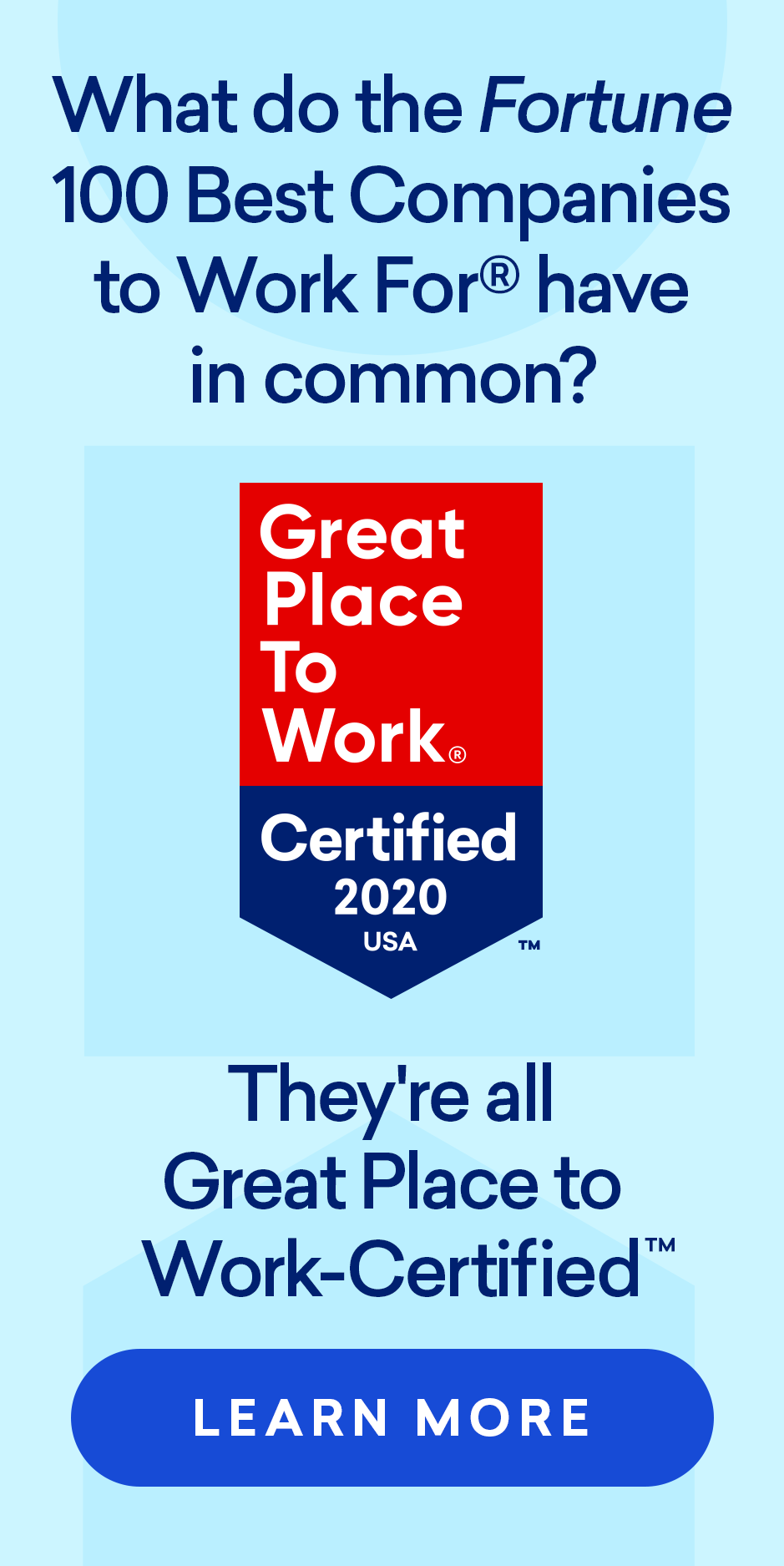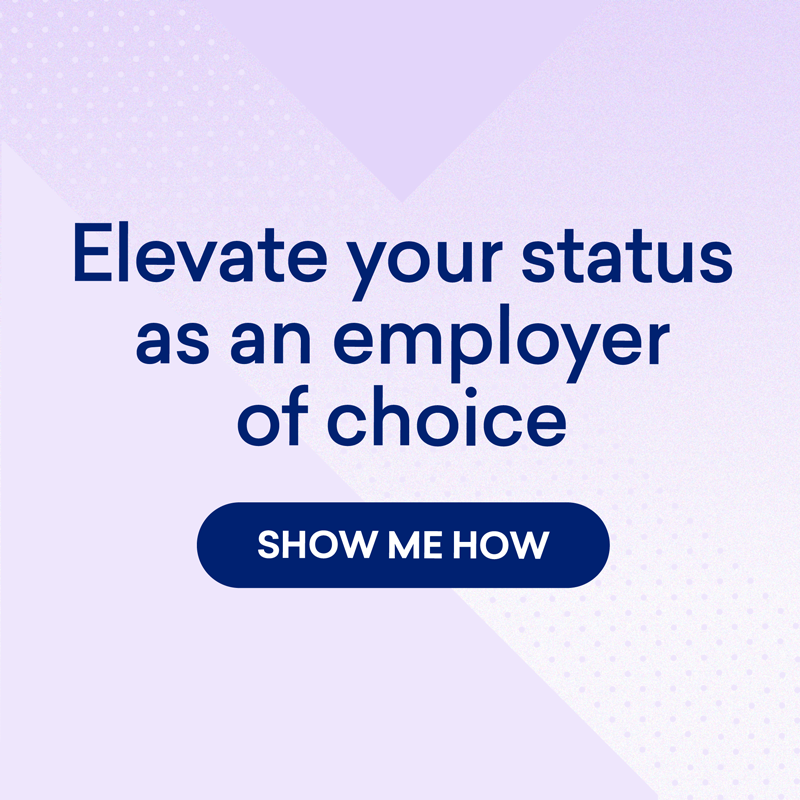I wanted to take a few minutes to share some of the lessons learned at last week’s Conference, Enabling Innovation: Creating Workplace Cultures where Ideas Flourish.
“Fail fast, fail frequently” and fail before you go to market, was a theme that emerged early and carried on throughout the day. Leadership’s attitudes toward failure lay the foundation for a culture of innovation; in a workplace where experimentation is encouraged and failure is viewed as an opportunity to learn, employees demonstrate a willingness and an eagerness to bring their best ideas to light.
Below are a few other themes that emerged from our presenters:
- Great workplaces go to extraordinary lengths to ensure fairness in the idea-review process, relying on volunteer committees of peers or official “sponsors” from other departments to officially vet the idea.
- At the Best Companies to Work For, new ideas are given remarkable visibility, being posted on intranet sites, bulletin boards, and otherwise available for all employees to review. At several Best Companies, employees are even invited to “vote” on the ideas they like best!
- Most employee-generated innovations at this time are iterations or enhancements of existing products, processes or services and not game-changing disruptions. Our speakers expressed confidence that as momentum for the innovation attitude grows, managers will start to see soft, hard, and disruptive innovations coming from their employees.
- The drive for innovation is driven by the desire to serve the customer—to deliver the BEST—to the customer. At great workplaces, every employee understands who their customer is (even if they are not customer-facing) and most innovations enhance the customer experience. Because of this emphasis, innovations yield tangible results because they address real business needs.
- Employees can only be truly valuable as innovators if they understand what the business is and what the strategy is. Great workplaces over-communicate organizational objectives and strategy.
At great workplaces, a good deal of energy and intention is focused on how to facilitate innovation. These companies are not just craving creativity, they are creating programs, practices, and processes to manage the creative process throughout the organization. And since this is tied to talent, communications, and collaboration, HR is leadership’s main partner in creating these cultures of innovation.
Does your company have practices in place for collecting and vetting new ideas? Has the collective force of collaborative innovation benefited your company?
Please feel free to comment on your experience at the Enabling Innovation Conference below.
Leslie Caccamese serves as Interim Program Director and is an avid blogger for Great Place to Work®.











